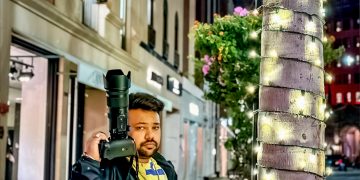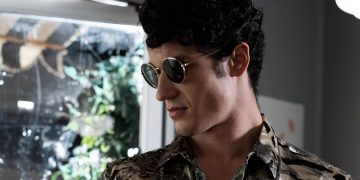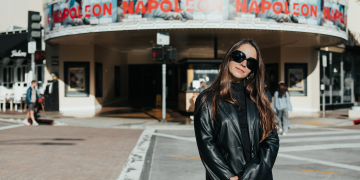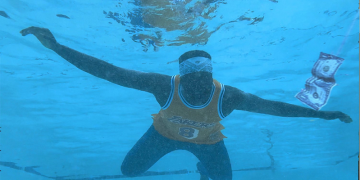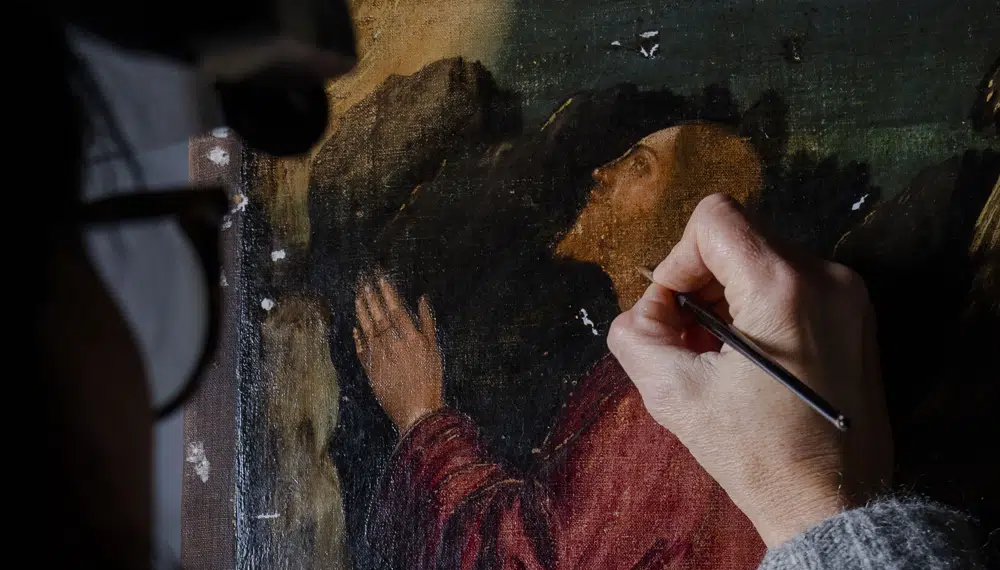The dish “carpaccio” is commonly associated with the thinly sliced raw beef appetizer made popular by Venice’s Harry’s Bar, but it is named for the Renaissance painter Vittore Carpaccio due to his use of intense red hues in his paintings. Recently, Carpaccio the painter is receiving more recognition outside of Venice with a retrospective exhibit of his work on display at the National Gallery in Washington and set to move to Venice’s Palazzo Ducale in March.
Two Carpaccio paintings that have not left Venice in over 500 years are now on display in Washington as part of an exhibit. Piergiorgio Millich, the grand guardian of the institution that houses the largest collection of Carpaccios, initially expressed hesitation about allowing the masterpieces to leave their home, but ultimately agreed.
Art conservator Valentina Piovan completed a year-long restoration of several Carpaccios, and after her analysis, she convinced the institution that the works were safe to travel. Piovan is now working on restoring other Carpaccios at the headquarters of the Scuola di San Giorgio degli Schiavoni fraternity, which was established in 1451 by Venetian sailors as a social center providing medical and spiritual support for its members. The fraternity was formed after the Venetian fleet’s victory over the Ottomans in the Turkish-Venetian wars.
The company was able to secure the services of Carpaccio, a renowned Venetian painter of his time, to create a series of paintings dedicated to St. George. The first painting in the cycle, “Saint George and the Dragon”, is a masterpiece measuring over 3 meters in length. It depicts the saint on horseback, thrusting his lance into the dragon’s mouth with the ground littered with the remains of partially devoured humans. The princess, dressed in a red robe, watches in gratitude from a rocky outcropping above.










